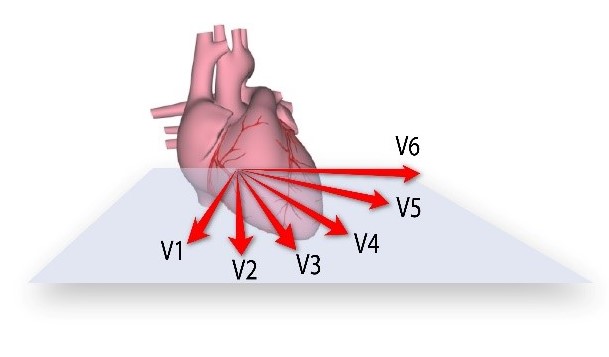Bundle Branch Blocks Explained Clearly
Left and Right Bundle Branch Blocks explained in 4 min - It's mind-boggling how easy it is!
This lesson includes an animated video lecture, downloadable images, quiz questions and a PDF
Bundle branch blocks happen when there is an obstruction in one of the bundle branches. The names “left bundle branch block” and “right bundle branch block” indicate the side that is affected.
In a normal heart, the two ventricles are depolarized simultaneously by the two bundles and contract at the same time.
In bundle branch blocks, the unaffected ventricle depolarizes first. The electrical impulses then move through the myocardium to the other side. This results in a delayed and slowed depolarization of the affected ventricle, hence a broader QRS complex – typically longer than 120 ms; and a loss in ventricular synchrony.
Left and right bundle branch blocks are diagnosed and differentiated by looking at ECG recordings obtained from the chest leads, which register signal movements in a horizontal plane. Of these, the most useful are leads V1 and V6 as they are best located to detect impulses moving between the left and right ventricles.
Activation of the ventricles starts with the interventricular septum. In normal conduction, depolarization of the septum is initiated from the left bundle going to the right, toward V1 and away from V6. This results in a small positive deflection in V1 and a negative deflection in V6.
Subscribe to one of the courses below to continue!
This content is available within the following courses:

Our Signature Animated Videos on Electrocardiography: 25 animations, plus downloadable PDFs, downloadable images, and quizzes.

Our Signature Animated Videos on Electrocardiography: 25 animations, plus downloadable PDFs, downloadable images, and quizzes.